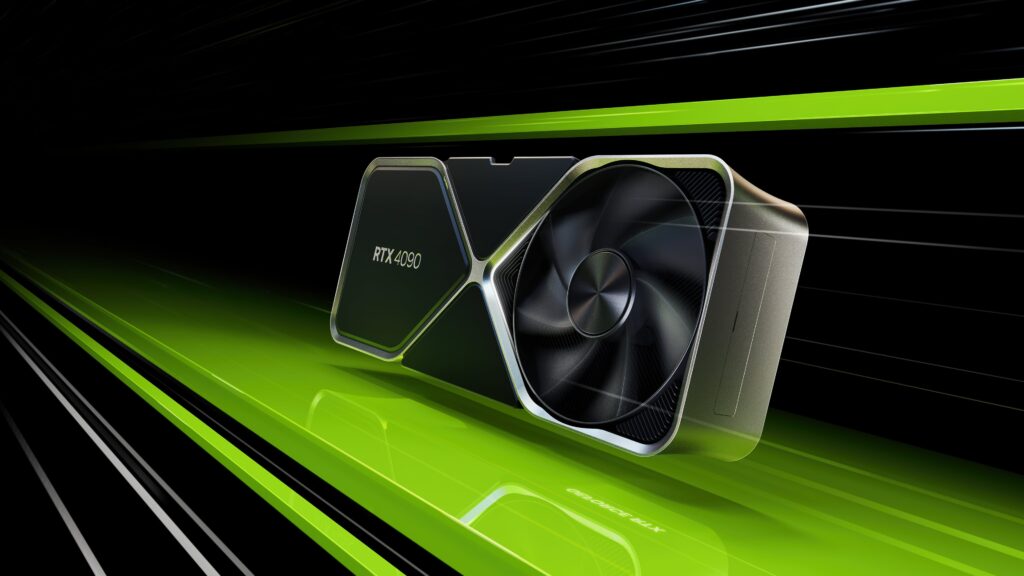Ctrl+Alt+Delete: AMD has never had a better opportunity to overtake Nvidia

OPINION: Nvidia has been the king of discrete graphics cards for a long time now.
According to Wccftech, Nvidia dominated the dGPU market in Q1 2022 with a whopping 78% market share. AMD had a market share of just 17% in comparison.
We obviously need to take other factors into consideration, such as supply shortages and the early 2022 release of both the RTX 3050 and RTX 3090 Ti. But AMD didn’t fare much better in Q1 2021 or Q4 2022 either, with respective market shares of just 19% and 18%.
I can understand why the Nvidia cards are seemingly far more popular. While AMD cards offer a competitive raw performance, Nvidia is street ahead for advancements in ray tracing and AI technology. DLSS alone is a great incentive to opt for a Nvidia card, enabling you to play supported games at higher frame rates without seeing a major sacrifice to the visuals.
AMD has since released FSR, which performs a similar job. But tests prove it isn’t as effective as DLSS, and can leave games looking a little rough as a result.
But with this week’s reveal of the RTX 4000 Series, I don’t think Nvidia has strengthened its hand. In fact, I think it has provided AMD with the perfect opportunity to finally leapfrog its rival.
The main reason for this is price. The newly revealed RTX 4090 and RTX 4080 graphics cards are extortionately expensive. The former is priced at $1599/£1679, while the RTX 4080 is available at either $1199/£1269 or $899/£949 depending on whether you opt for the 16GB or 12GB configuration.

Nvidia claims the RTX 4090 is 2x faster than the RTX 3090 Ti when playing Microsoft Flight Simulator, while also boasting an enhanced ray tracing performance. Support for DLSS 3.0 is also appealing, allowing you to boost frame rates even further for supported games. But I can’t see anything here that could persuade me to invest over £1000 on a new graphics card if I was on a 30-series.
I may have been persuaded if 8K gaming was finally realistic, or if a new advanced rendering technique could have a similar impact as ray tracing. But as it stands, the RTX 4000 Series is simply offering boosted frame rates at an inflated price. I doubt many people will be tempted to spend $1599/£1679 on such an upgrade.
This is where AMD steps in. The company has confirmed it will unveil the new RDNA 3 graphics cards on 3 November 2022. If these new cards are able to offer a similar performance, but offer a more affordable price than the Nvidia counterparts, then AMD could be onto a winner.
Of course, there’s a real possibility that AMD will also increase the cost of its upcoming graphics cards too. However, Tom from Moore’s Law is Dead claims the new AMD GPUs will cost a lot less to manufacture than Nvidia’s RTX 4000 GPUs.
Apparently, AMD won’t be using cutting-edge cooling for the reference model, which could keep costs down significantly. If true, it would seem that AMD is making a greater effort than Nvidia to keep its graphics cards as affordable as possible.
It’s unlikely that AMD will offer the same level of ray tracing performance as the Nvidia RTX 4000 Series, and it’s still a long way from offering a solution as effective as DLSS 3.0. But all of that doesn’t really matter if AMD’s cards are a few hundred dollars cheaper.
It’s an important time to offer more affordable graphics card options too, with rising living costs spiralling out of control and energy prices making it more expensive to run your gaming PC in the long run. If AMD can deliver an impressive performance, I can see plenty of people preferring to opt for its more budget-friendly cards rather than investing over $1000 on an Nvidia GPU.
We’ve still got a few months to wait to see whether AMD really has been able to drive down prices, but with Nvidia setting such a high price, AMD has the perfect opportunity to undercut its rival and increase its market share.
Ctrl+Alt+Delete is our weekly computing-focused opinion column where we delve deeper into the world of computers, laptops, components, peripherals and more. Find it on Trusted Reviews every Saturday afternoon.








